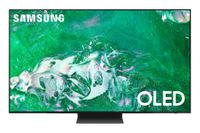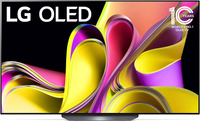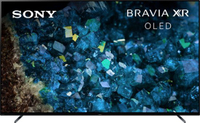Best OLED TVs in 2025 tested: Our top picks from LG, Samsung and more
We've tested the best OLED TVs for every budget and lifestyle
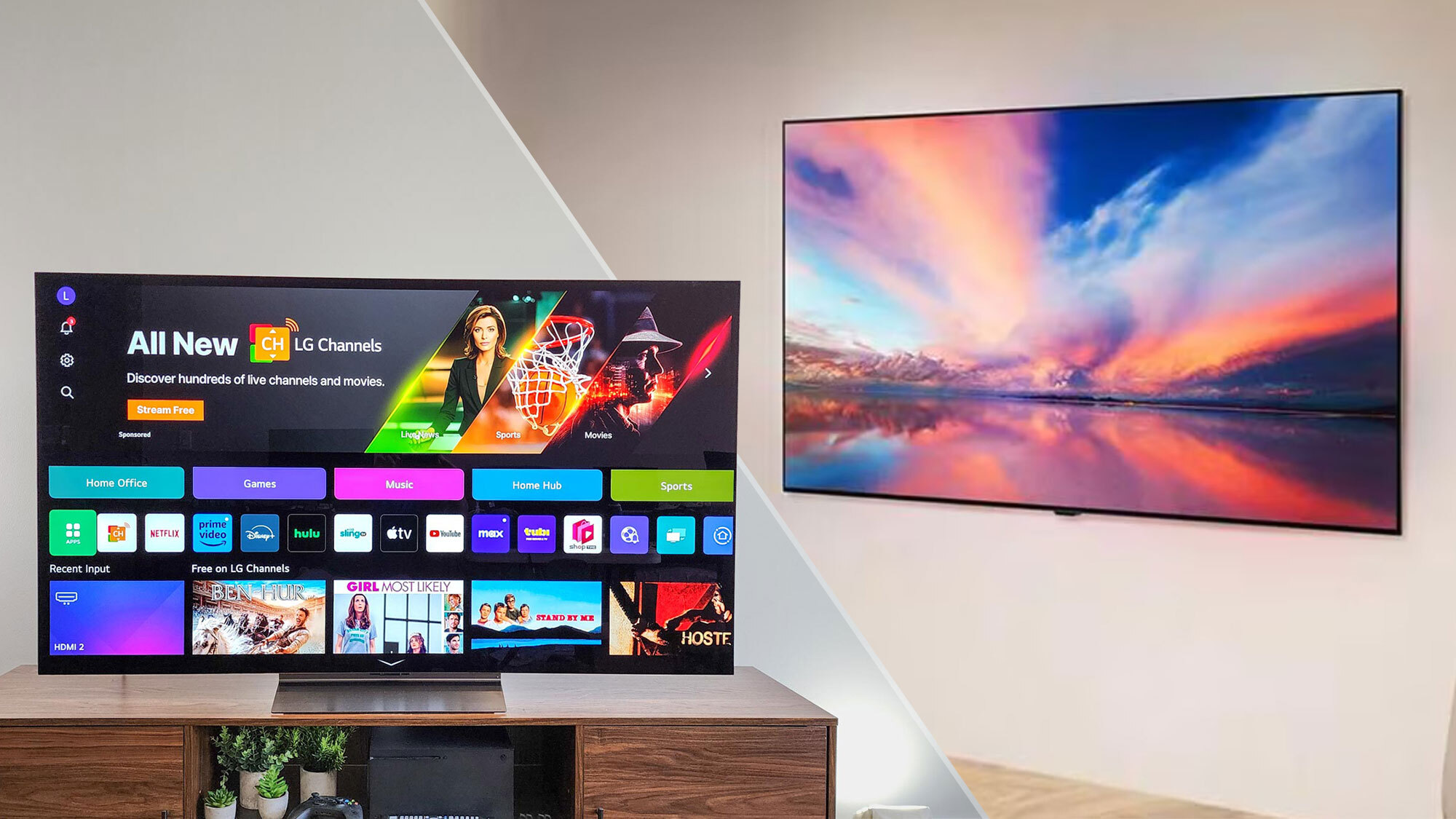
I've been testing OLED TVs since their rollout in 2012, and they're my go-to choice when shopping for a home cinema screen. That's because OLED TVs offer perfect black levels with pixel-perfect light control. They often have better color vibrancy than QLED TVs (LED-LCD TVs with enhanced brightness and color) and OLED TVs retain that color even when you're sitting off to the side.
We test OLED TVs thoroughly before they receive a Tom's Guide review score, and we have a full breakdown of how we test and what we look for down below.
In a hurry? Check out the LG C5 OLED. It's brand-new and it just earned itself a five-star review here on Tom's Guide for its phenomenal performance.
Recent updates
April 15 2025
The LG C5 OLED has been added to this list as the best OLED TV of 2025.
The quick list
The best OLED TVs you can buy: quick list
Why you can trust Tom's Guide
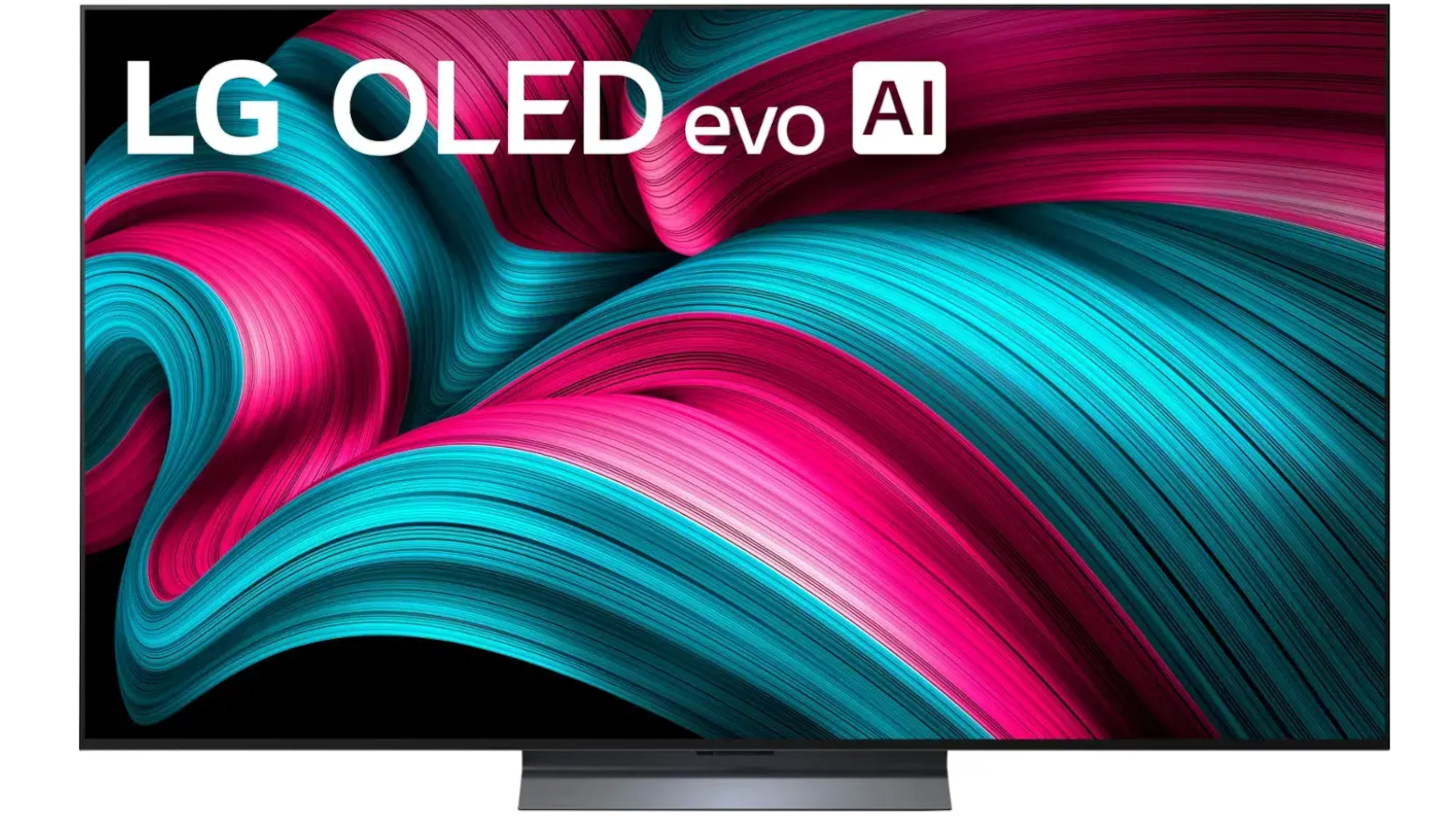
Picture ★★★★★
Features ★★★★★
Value ★★★☆☆
It's been a few years since the C-Series topped this list, but the LG C5 retakes the top spot for LG's mid-range OLED TV with. It's available in plenty of sizes and it's packed with the latest and greatest LG picture processing technology.
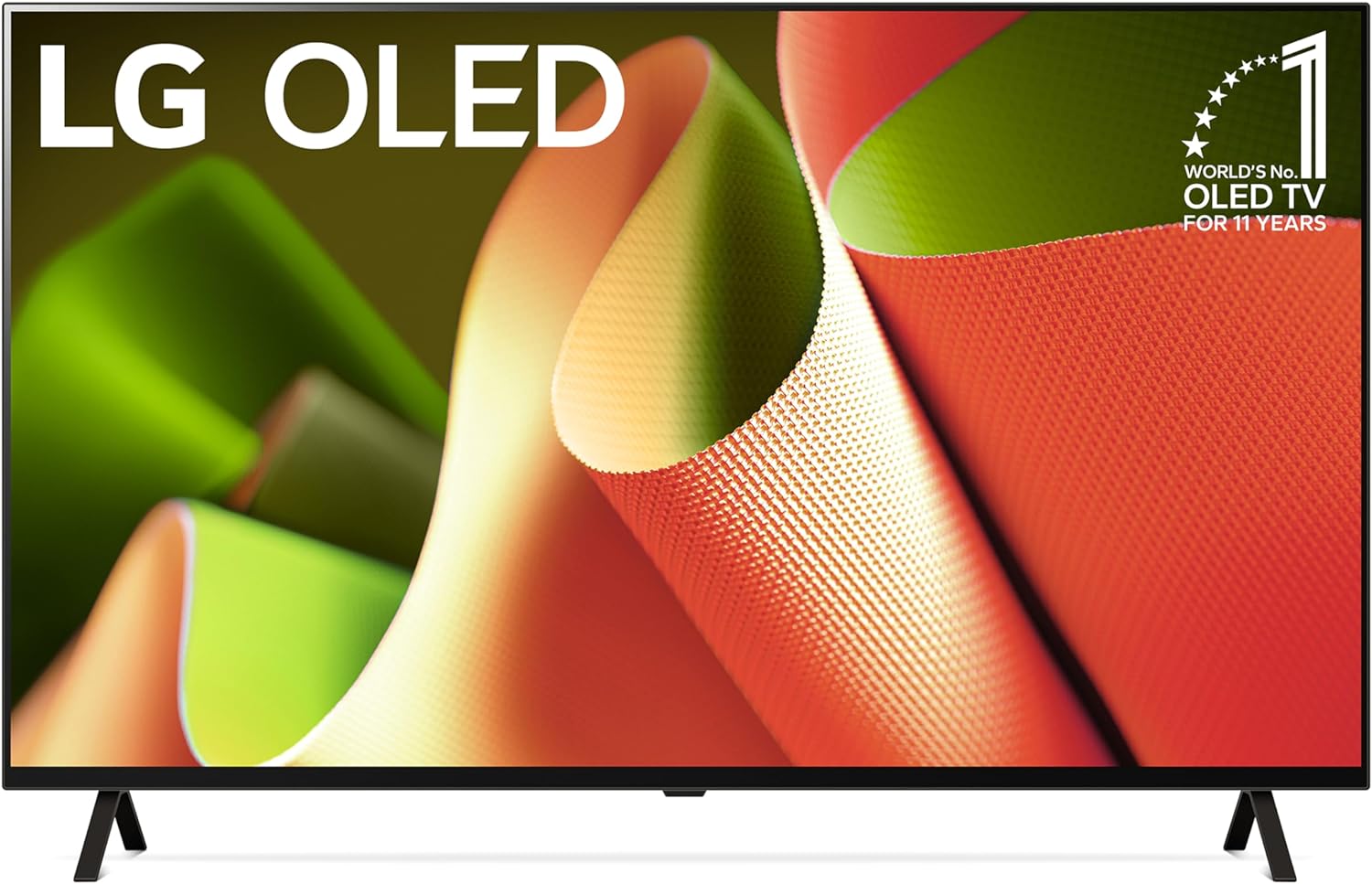
Picture ★★★★☆
Features ★★★★☆
Value ★★★★★
Dedicated gamers and A/V enthusiasts looking for an accurate picture will not be disappointed by the B4, LG's entry-level OLED TV. While not as bright and rich with features, it offers many of the same benefits as higher-end OLEDs.
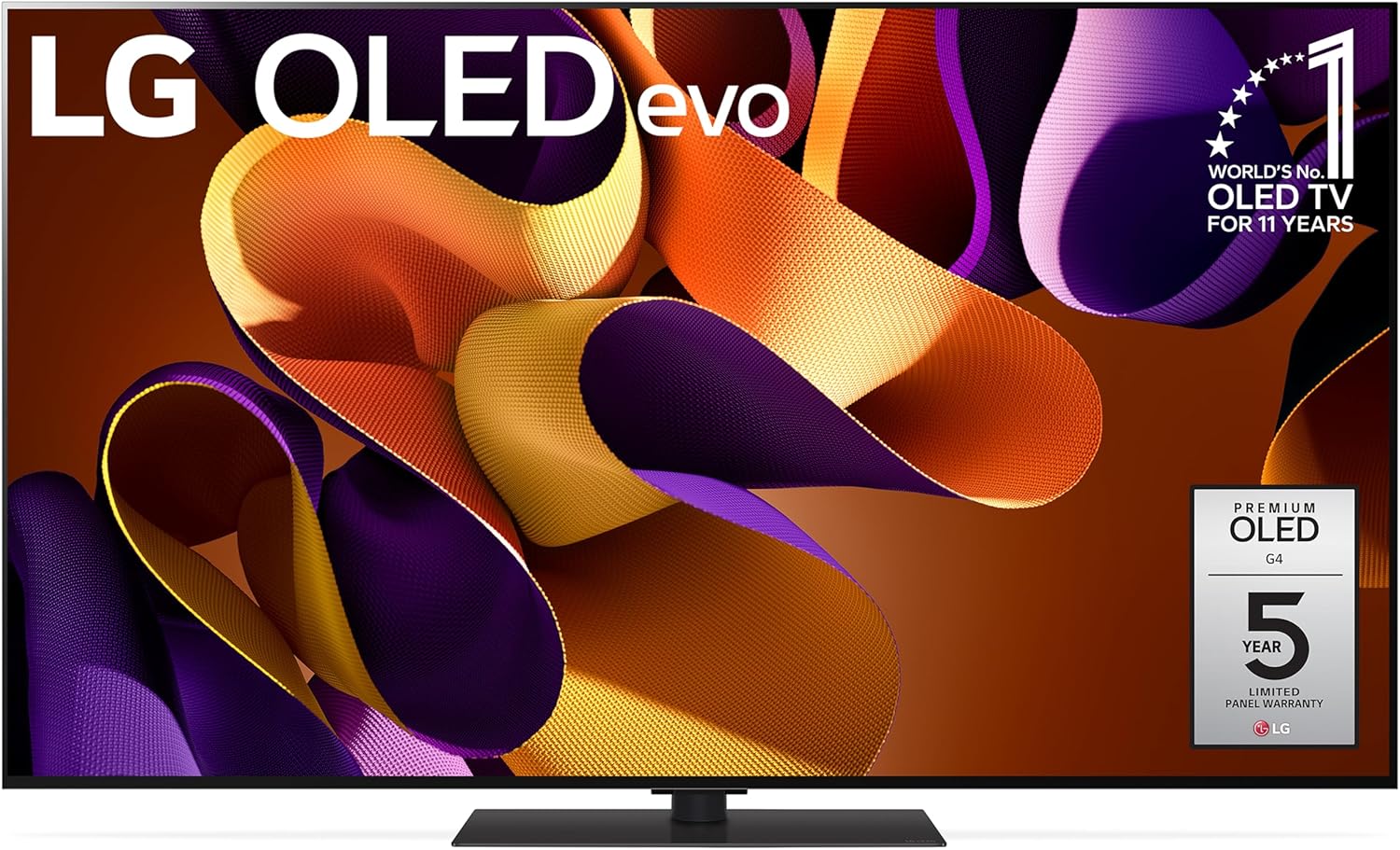
Picture ★★★★★
Features ★★★★★
Value ★★★★☆
The C5 brings a balance between price and performance, but if you want to see LG's best OLED TV, look no further than the G4 OLED. It uses a panel technology than LG's C-Series that's more expensive to make, but it's noticeably brighter.
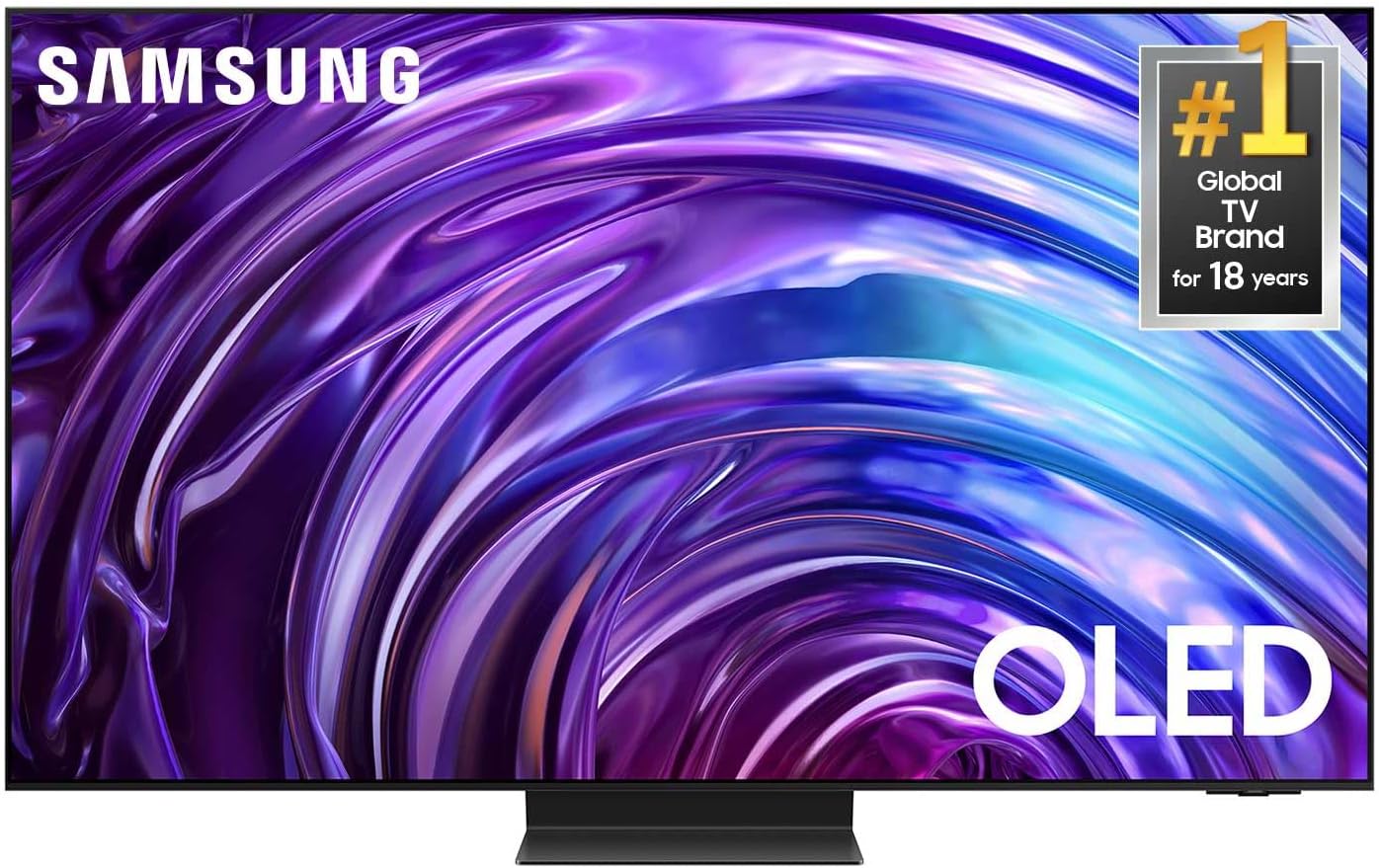
Picture ★★★★★
Features ★★★★★
Value ★★★★☆
The S95D is Samsung's best QD-OLED to date and one of the best OLED TVs, period. It combines sensational highlight brightness and incredible color volume with a special anti-glare matte finish.
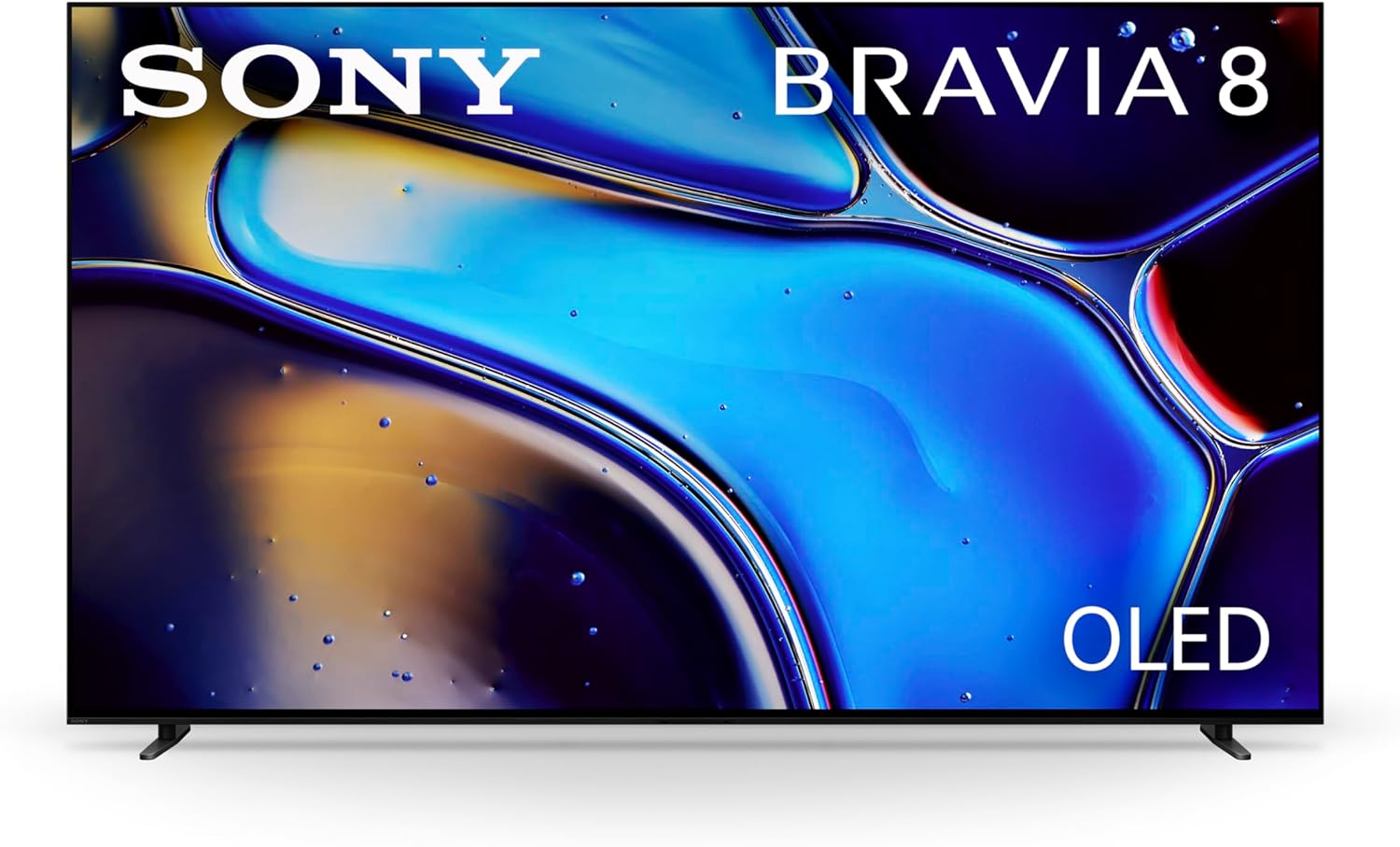
Picture ★★★★☆
Features ★★★★☆
Value ★★★☆☆
If you own a PS5 and want an OLED to make the console look its best, consider the Sony Bravia 8. It has a few PS5-exclusive features like Auto HDR Tone Mapping (for optimizing HDR settings during PS5 setup) and Auto Genre Picture Mode.
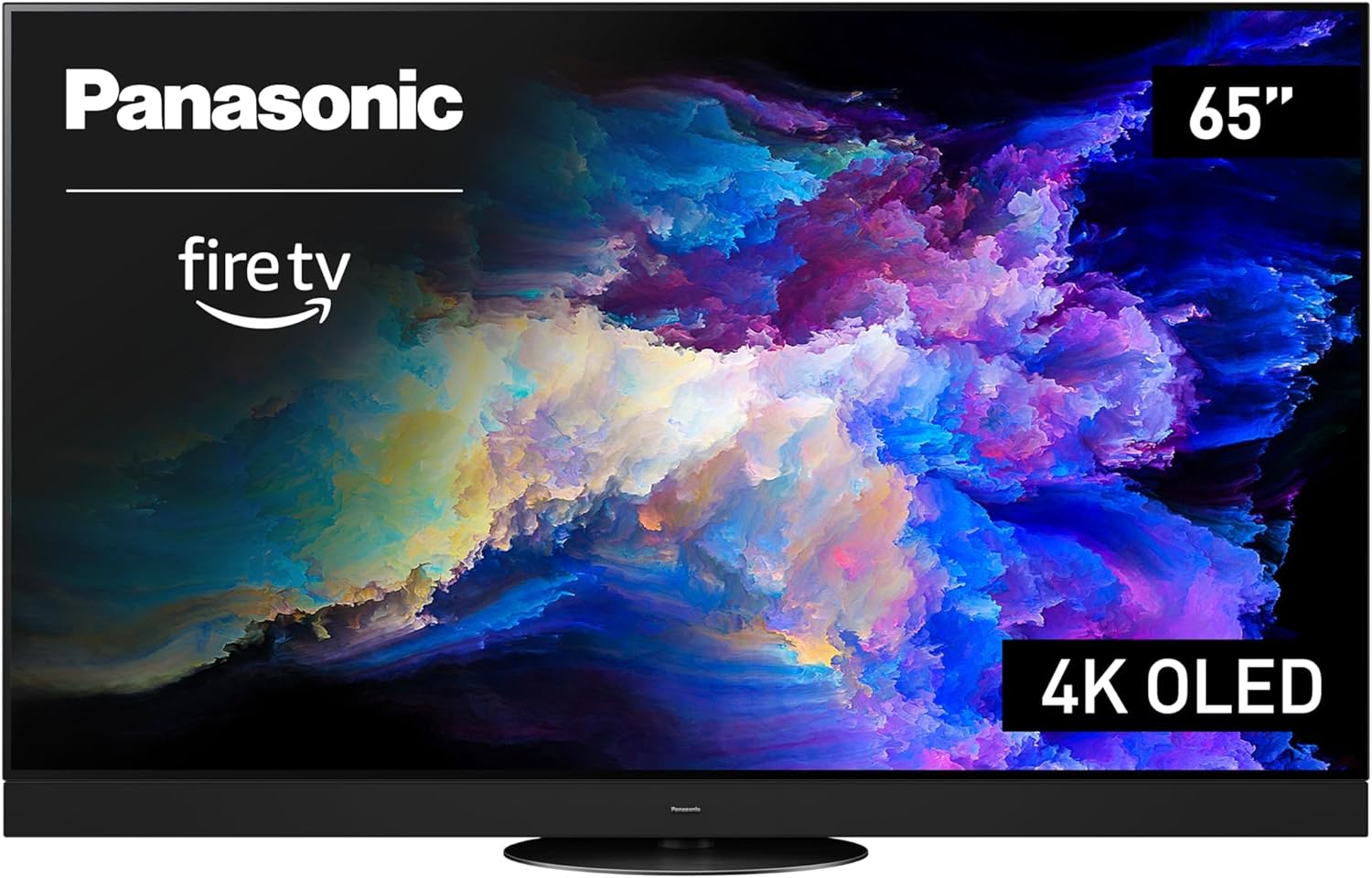
Picture ★★★★★
Features ★★★★★
Value ★★★★☆
Panasonic has returned to the US market and its newest OLED TV is a shining feat of its innovation. Despite eight years of a hiatus, the new Z95A by Panasonic is a world of wonder and hard to beat with its 144Hz refresh rate and gen two MLA panel.
About the author

My name's Nick and I look after our guides to the best TVs, best OLED TVs and best 4K TVs. OLED TVs are, in my opinion, one of the biggest revolutions in display technology of the past 20 years. They offer perfect black levels and wide color gamuts, while seeing incremental upticks in brightness every year. Lots of research goes into making an OLED TV look the way it does, and the same amount of care, time and research has gone into assembling this list. Why trust me? I've seen almost every OLED TV made in the last 10 years. Before I joined Tom's Guide at Managing Editor I was formerly the Senior Editor, TV and AV at TechRadar. If you've read a story about the breakthroughs of OLED TV sometime in the last decade, it probably has my name on it.
Best OLED TV
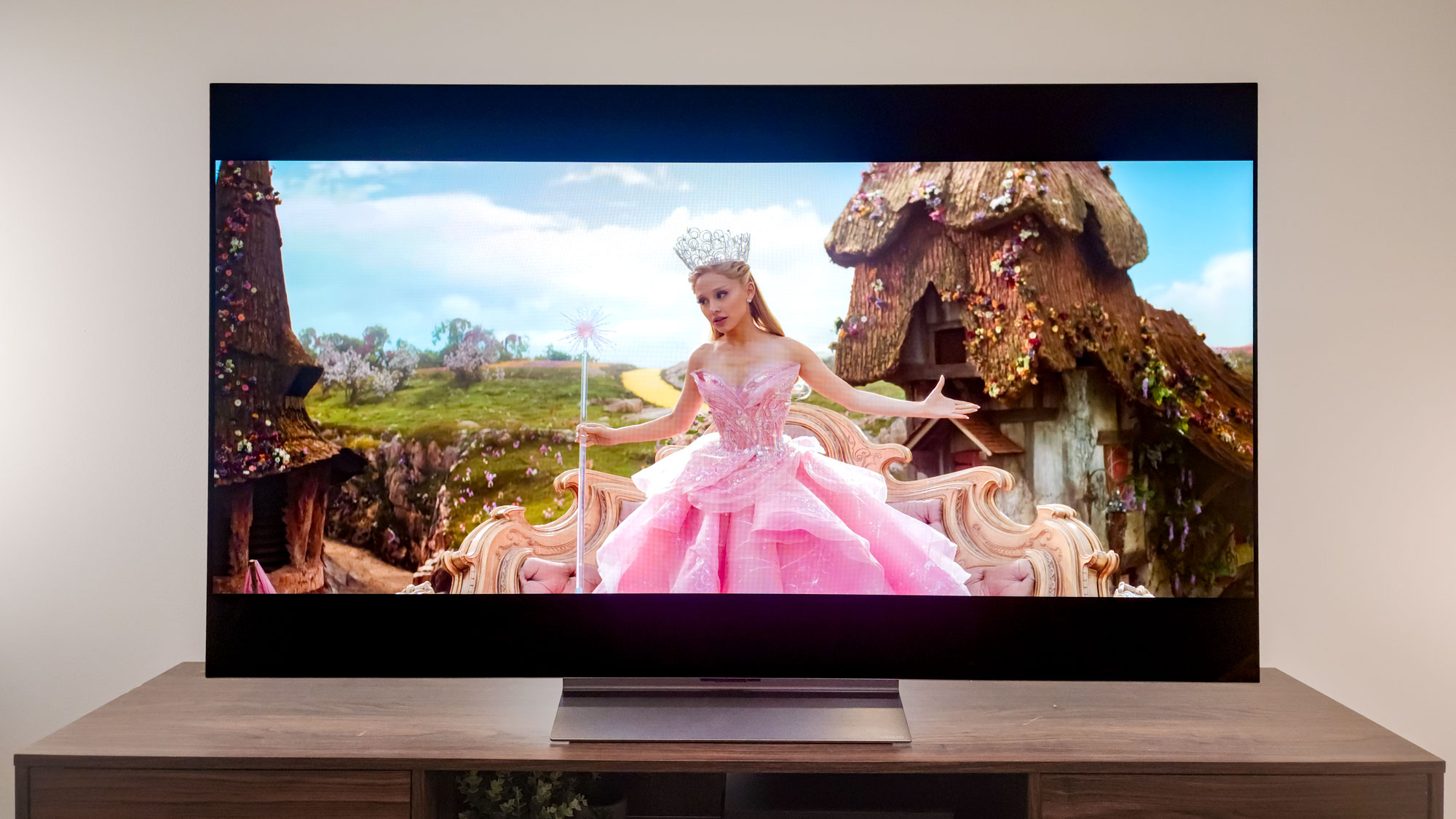

Specifications
Reasons to buy
Reasons to avoid
The best OLED TV in 2025 is the C5. It's one of those TVs that will blow your socks off when you turn it on, and it delivers everything that a gamer could ever need.
What makes the C5 so special is that it delivers both incredible black level performance with higher-than-average brightness. In the past, you'd have to go for a more expensive QD-OLED model to get this level of performance, but now it can be yours at a more affordable price. Well, at least it will be soon.
The only knock I have against the C5 OLED, and why I think you might want to consider the LG B4 listed right below here, is that it's still relatively expensive given how new it is. It became available in March of 2025, and it will remain relatively expensive until we get to July or August when it gets its first price cut.
If you don't mind paying a premium for cutting-edge technology, however, there should be no question that the C5 OLED is the best purchase you can make.
Read our full LG C5 OLED review
Best value OLED TV
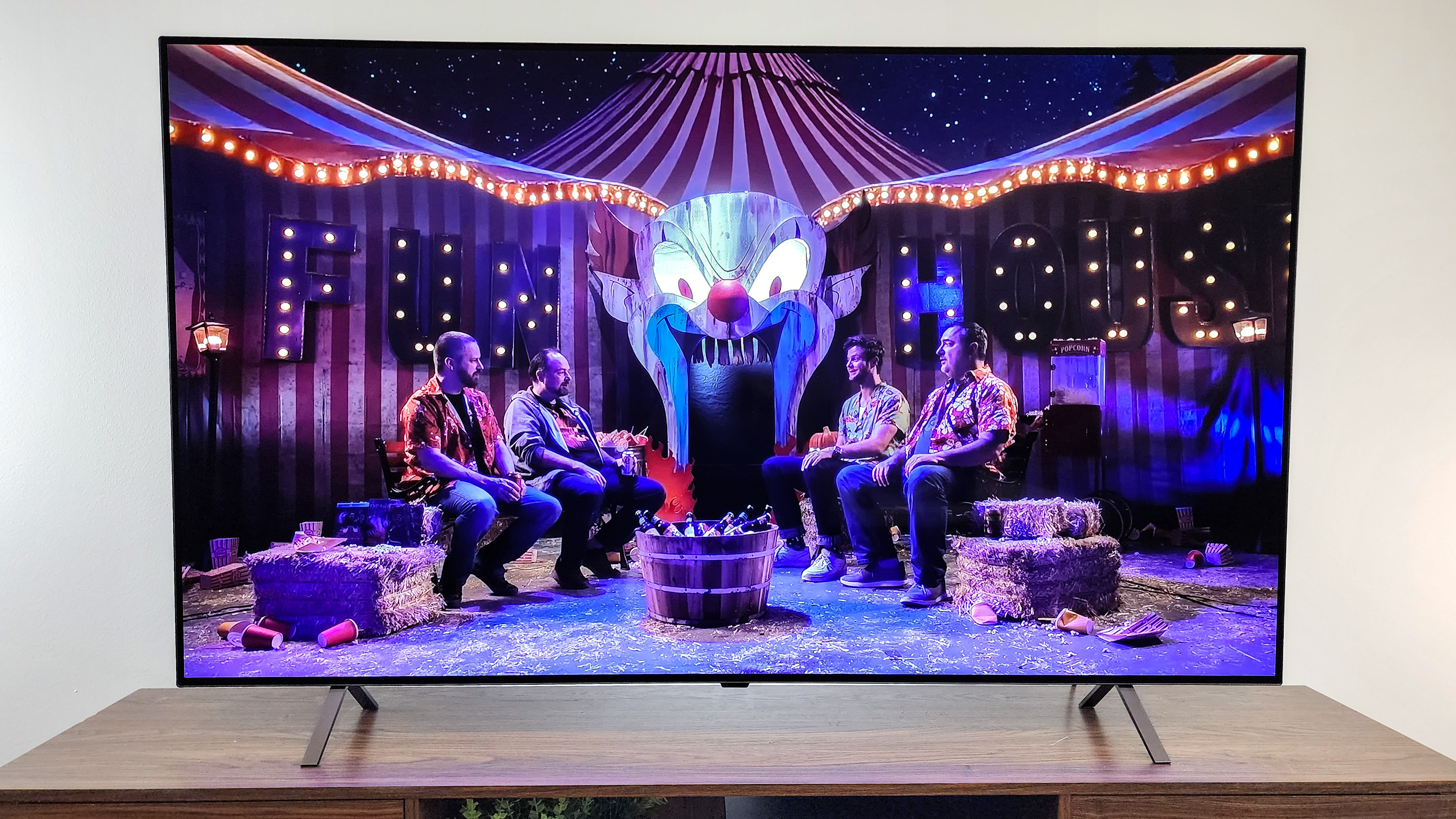

Specifications
Reasons to buy
Reasons to avoid
If you're looking for a phenomenal TV at a lower price than most, consider the LG B4. It's LG's entry-level OLED TV for 2024, and right now, it's seeing some serious price cuts. The 55-inch set can be found for $950 to $1,100, while the 65-inch model is available for around $1,100 to $1,300.
When we reviewed the LG B4, we were impressed with its picture processing, particularly its motion handling. Fast-paced action movies and sports looked especially good in our lab. It's also worth noting that, in LG's Filmmaker mode, the B4 offers fantastic out-of-the-box color accuracy. This is another way in which the B4 offers many of the same benefits as higher-priced OLEDs.
If you're looking for a little more brightness, the newer LG C5 might be worth the extra cost, especially if your room is particularly sunny (or if you watch a lot of movies and shows with the lights on).
For most people, though, the B4 is a great compromise. It offers an impressive picture at the lowest price of any OLED TV.
Read our full LG B4 review.
Best LG OLED
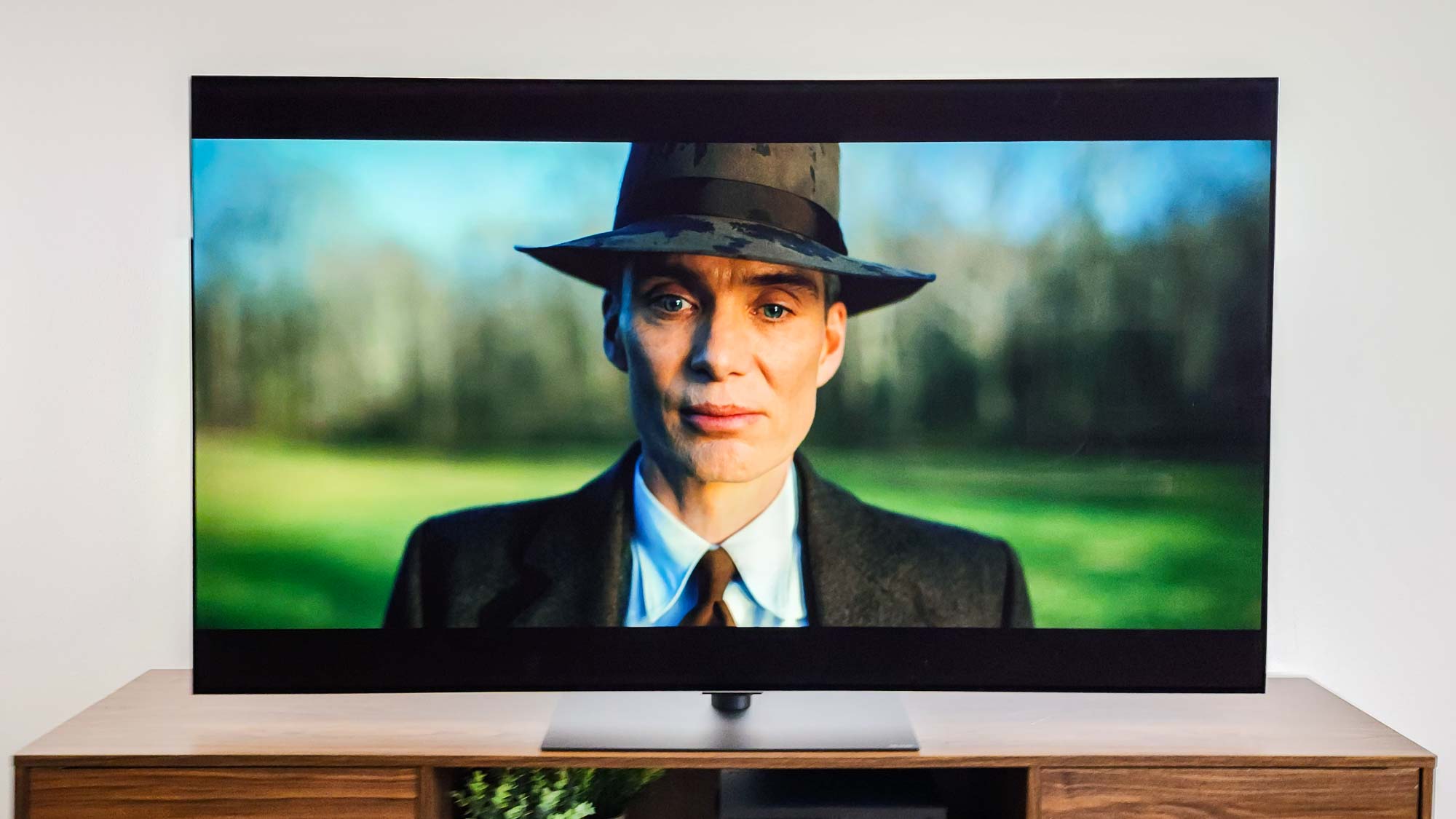

Specifications
Reasons to buy
Reasons to avoid
Wait, isn't the LG C5 OLED the best LG OLED TV? Yes and no. If you're limited in what you can spend on a TV (and let's be honest, who isn't?) then the C5 will deliver the best performance at the best price. But if you take budget limitations off the table, the G4 is the best OLED at any price point.
That's because the LG G4 OLED offers an enhanced version of WOLED with 2nd-generation Micro Lens Array technology. That's a real mouthful, but the basic idea here is that this new panel can produce better brightness than any other LG OLED previously, and it does so safely for long periods of time.
In our lab tests, the LG G4 OLED reached a peak brightness of almost 1,500 nits, while maintaining a color accuracy of 1.4041. That's a heck of a lot better than any other OLED TV. Add to that its low input latency of 9.2ms in Game Mode, and you've got the recipe for an award-winning OLED that can both play cinema-quality movies perfectly and give gamers an amazing experience.
Our test results and our anecdotal testing have proven to us beyond any doubt that this is the best OLED TV available to buy right now, if money isn't tight.
Read our full LG G4 OLED review.
Best Samsung OLED
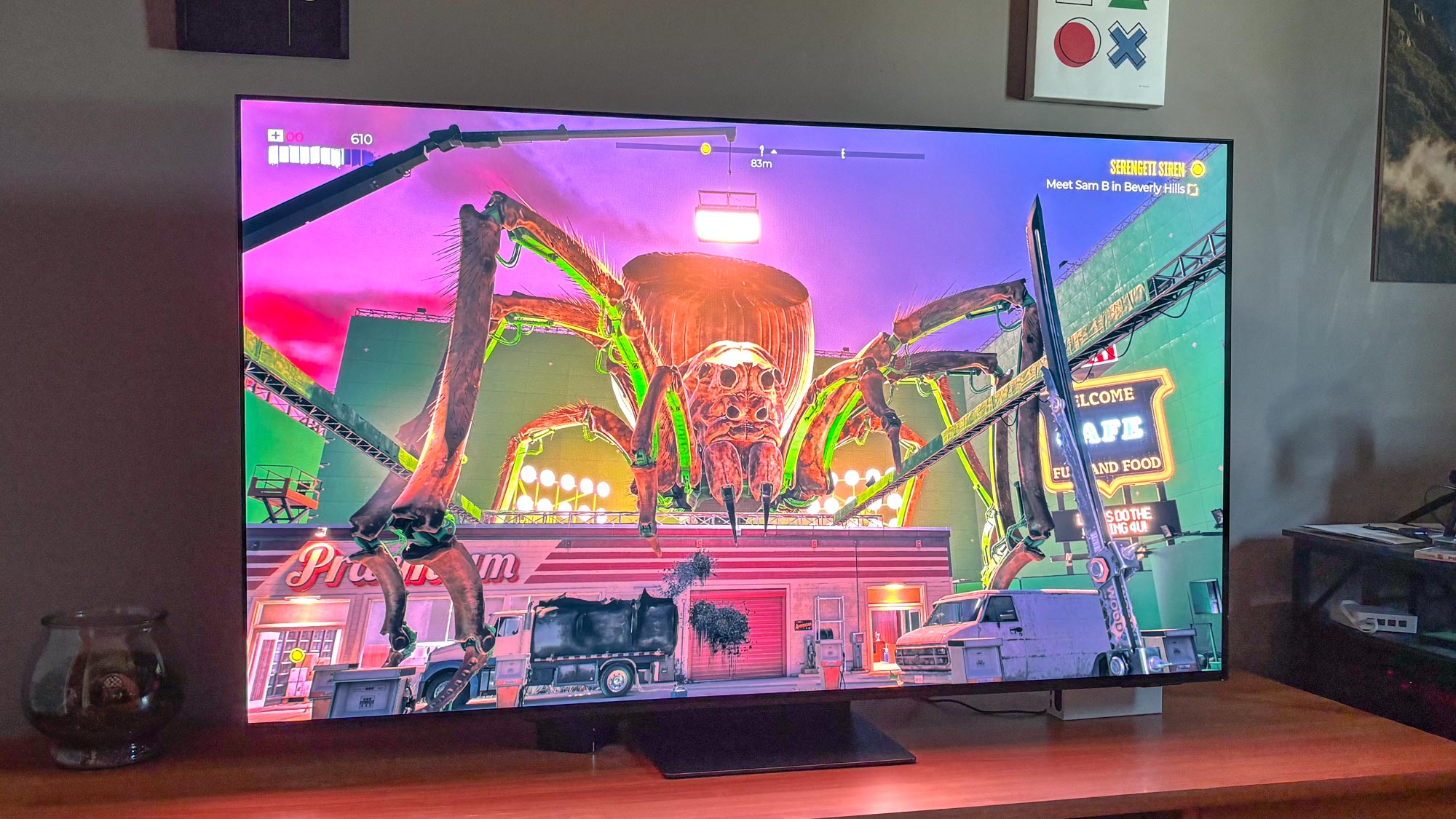

4. Samsung S95D QD-OLED
Our expert review:
Specifications
Reasons to buy
Reasons to avoid
The Samsung S95D QD-OLED is a big improvement over its predecessor, the S95C OLED. It's outfitted with a matte finish designed to minimize glare, and it succeeds in doing so without affecting the TV's color accuracy.
If you've been hesitant to explore OLED-based options on account of a sunny living room, the S95D might be just what you need to overcome a tricky setup. (It's also worth noting that the newer 2025 S95F will also ship with a matte finish if you want to wait for that one to make an appearance on this list.)
So what's the problem? Samsung refuses to implement Dolby Vision support across its higher-end TVS and Tizen, the TV's smart platform, doesn't feel quite as well-tuned as LG's webOS.
If you can look past those issues, however, this is a killer QD-OLED, and the one I watch most frequently in my own home.
Read our full Samsung S95D OLED review.
Best Sony OLED
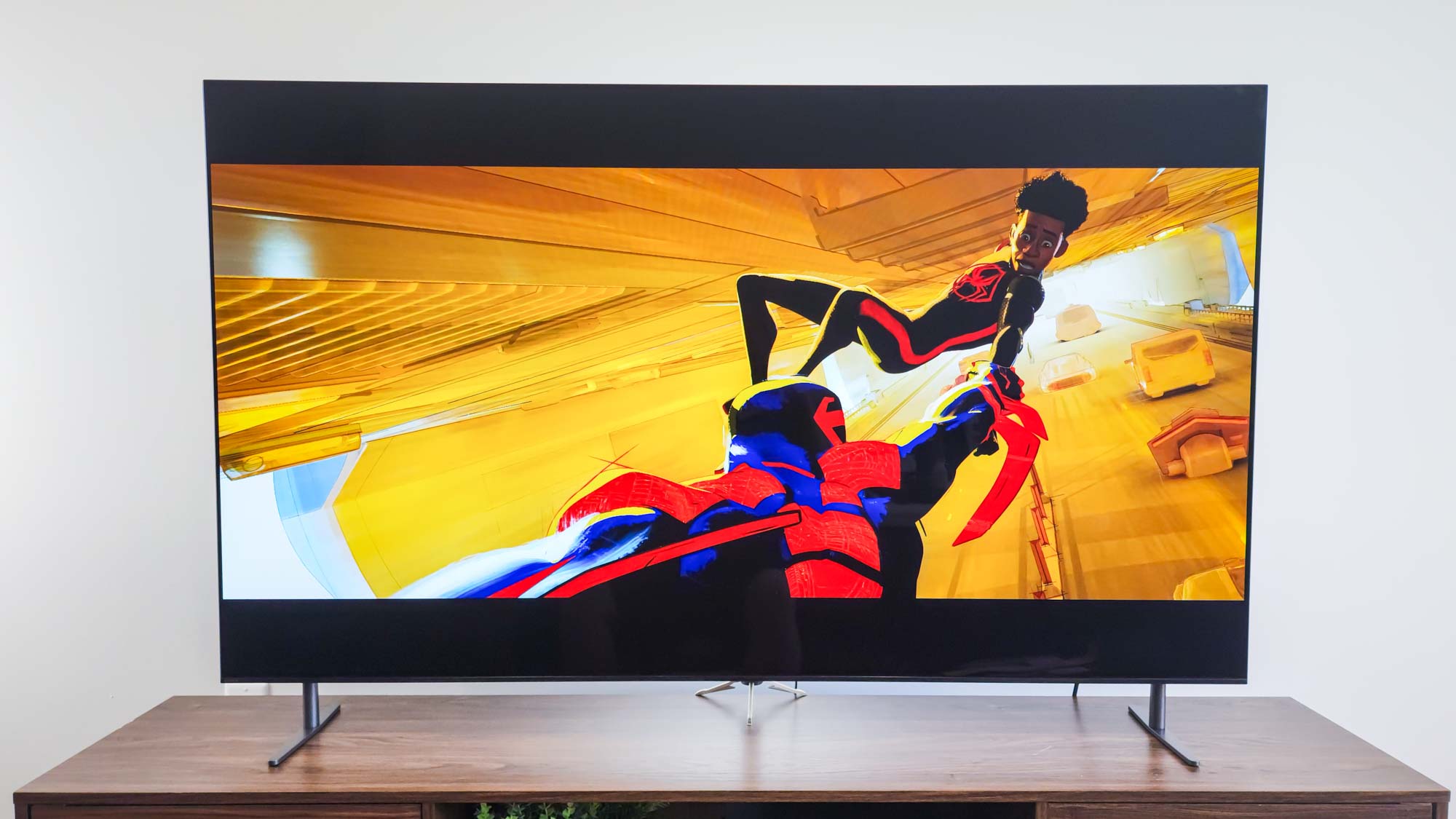

Specifications
Reasons to buy
Reasons to avoid
This one comes with a caveat: The Sony Bravia 8 OLED is Sony's best OLED...for at least another month or two. The company recently announced the Sony Bravia 8 II OLED, and Tom's Guide's Kate Kozuch says it "could be this year's OLED TV to beat thanks to impressive HDR performance".
That said, even when the Bravia 8 II does eventually overtake the older Mark 1 model as Sony's top dog, the original is still going to be a very competent OLED TV for the next few years thanks all of Sony's great picture-processing technologies.
In our lab tests, the Sony Bravia 8 scored decently well, hitting 815 nits in HDR and 287 in SDR. That's not quite as good as the competition (and it's something we hope to see some improvements on in the new model), but it's a big improvement on the older Sony A80L from 2023.
Read our full Sony Bravia 8 OLED review
Best Panasonic OLED
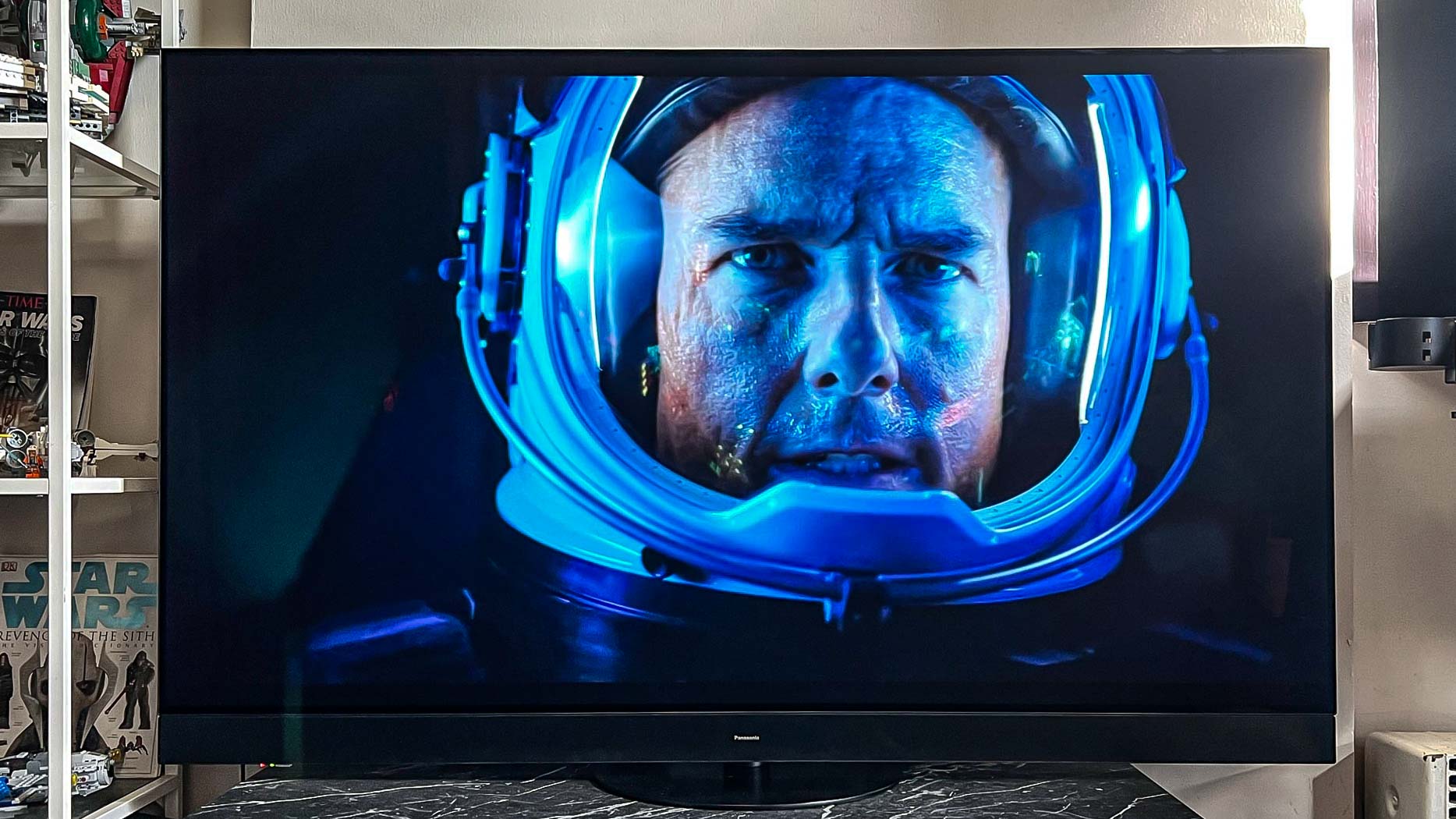

Specifications
Reasons to buy
Reasons to avoid
If you're looking for an OLED TV that no one else on the block has, check out the Panasonic Z95A. You won't see this one advertised as much as Sony or Samsung's OLED TVs, but Panasonic has delivered an OLED that rivals the best OLED TVs from LG. Sure, that's probably because they use LG Display's META Gen 2 MLA panel technology, but we have to give credit where credit's due.
In terms of performance, the Z95A is a powerful SDR display, making all forms of entertainment pop. Its low Delta-E score of 2.33 makes it ideal for colorful content, but even more impressive is its 1,625 nits of brightness in SDR.
Even better, the Z95A supports Dolby Vision and HDR10+, make it ideal for anything mastered in high dynamic range. An HDR brightness of 2012 nits makes it a promising new addition to the market and one worthy of its pricey investment.
The only issues? The Panasonic Z95A isn't cheap and, more problematic, only comes in a single 65-inch screen size. For those reasons I don't think it's the right OLED TV for most folks, but I couldn't end the list without at least mentioning it here.
Read our full Panasonic Z95A OLED TV review
Other OLED TVs we tested
Here are all the OLED TVs that either are a bit too old to make it to the top of our list, or just missed a spot due to a few issues. Despite their flaws, however, they're still worth researching if you're in the market for a new OLED TV.
Samsung S90D OLED ★★★★
The Samsung S95D is Samsung's most cutting-edge model, but the step-down S90D is no slouch either. We recently tested it and measured a peak brightness of 1187 nits (better than both the LG C4 and Panasonic OLED TVs) and a Rec2020 color gamut coverage of 90.58%. In terms of color, this TV can't be beat. Best of all, though? It's actually not terribly expensive and starts at just $1,200. If the S95D is a bit too pricey, consider its more affordable stablemate instead.
Read our full Samsung S90D OLED review
LG B3 OLED ★★★★
When it comes to the most affordable OLED TVs, the LG B3 OLED is king. It's often available in a 55-inch screen size for right around $1,000 and it's a very good screen for the price. The only thing going against it is that the C3 OLED, our top value pick, is only a few hundred dollars more and has a better processor.
Read our full LG B3 OLED review
Sony A80L OLED ★★★★
If you want a TV that sounds as good as it looks or one that pushes the limits of the screen size without breaking the bank, the A80L delivers. It's older than a lot of the models above, but it sounds great and offers a great picture quality.
Read our full Sony A80L OLED review
OLED TV FAQs
How much do OLED TVs cost?
The majority of OLED TVs in the 55- and 65-inch range sell for between $1,500 and $2,000, but premium models will often cost more, and larger screen sizes can routinely sell for $3,000 or more.
What is OLED?
OLED stands for Organic Light Emitting Diode, a display technology that uses organic compounds to create clusters of red, green, blue, and white points of light to make up the individual pixels of the TV. On a 4K TV with 3840 x 2160 resolution, that means a single OLED panel will have 8.29 million pixels. And unlike standard LCD TVs, each one of those pixels produces its own light, and can be individually turned on or off, brightened or dimmed.
That pixel-level control of brightness lets OLED offer the best contrast of any display technology, with neighboring pixels delivering everything from intense brightness to true black, and every color imaginable.
As a result, OLED TVs consistently outperform the majority of LED-lit LCD TVs, whether they use standard LCD panels or boost the picture quality with enhancements like quantum dots (also known as QLED) or discrete dimming zones.
You can find similar-performing technology out there (microLED is another display type that uses microscopic light-emitting diodes for perfect contrast) but OLED is still the most mainstream option out there.
Are OLED TVs worth buying?
If you want a truly excellent TV, OLED is absolutely worth considering. It offers better picture quality than standard LCD TVs can match, and with prices coming down every year, they're no longer prohibitively expensive either. In testing and reviews, OLED TVs have consistently offered some of the best picture quality available.
There are areas of performance where LCDs offer better performance. Brightness on OLED TVs is no match for the greater intensity you can produce with an LED backlight, and LCD sets don't have the same risk of burn-in or color drift that OLEDs have to contend with long-term. But in virtually every other area, from viewing angles to color accuracy, OLED sets match or beat LCD-based competitors hands down.
But there is some question of whether that improved quality is worth the added expense. When there are 4K models selling for under $500, why spend $1,000 or more on an OLED set? There is definitely a case to be made for spending less for quality that is comparable, if not exactly the same.
But if you want the best color, contrast and overall quality you can get from a TV today, OLED is the way to go.
Which brands offer OLED TVs?
Currently, of the major brands you're most likely familiar with, only LG, Panasonic, Samsung and Sony offer OLED TVs. The panels themselves are manufactured by LG Display and Samsung.
Due to the unique manufacturing process and the costs associated with production, OLED TVs are currently only available in the following sizes: 42, 48, 55, 65, 77, 83 and 97 inches.
How to choose the best OLED TV
How to choose the best OLED TV for you
The above selection of OLED TVs offer an embarrassment of riches for TV shoppers to choose from, with everything from basic functionality to advanced smart features and premium designs.
The biggest factor in most shopper's decision making will be price, but other differences include physical designs.
Smart features are also a differentiator. LG sets offer a pretty consistent experience across all of its models thanks to the webOS platform, but Sony's Google TV and Samsung's Tizen sets have strengths and weaknesses of their own.
Interested in a specific TV brand, price range or screen size? Check out our picks for the best TVs in each.
Best TVs | Best 4K TVs | Best smart TVs for streaming | Best TVs for gaming
The best TVs under $1000 | The best TVs under $500
Best TV brands | Best Samsung TVs | Best TCL TVs | Best LG TVs | Best Roku TVs | Best QLED TVs | Best 8K TVs
The smallest smart TVs | Best 43-inch TVs | Best 50-inch TVs | Best 55-inch TVs | Best 65-inch TVs | Best 70-inch TVs | Best 75-inch TVs | Best 85-inch TVs
How we test the best OLED TVs
How we test OLED TVs
Every OLED TV we review goes through a thorough testing and evaluation process, starting with rigorous lab testing and finishing with eyes-on evaluation by our reviewers. There's a lot more to it than just putting on a couple of 4K Blu-ray movies or hooking up a game console.
In our TV test space, we submit every TV to a number of lab tests, using industry-standard equipment, such as a calibrated spectrophotometer, calibration software and a dedicated test pattern generator. We measure for several indicators of picture quality, but these are the main metrics used in all of our reviews:
Color gamut, which measures how much color a given TV can produce. Expressed as a percentage rating, most OLED TVs meet or exceed 100% of the Rec709 color space.
Color accuracy, which measures the average deviation from perfect accuracy, expressed as a number (Delta-E), with higher numbers indicating less accurate color.
Contrast, measuring the difference between the darkest darks and brightest brights that a TV can produce, which is expressed as a ratio.
Brightness, measuring the peak luminance of a panel or display. This measure is reported in nits, an industry term for candela per square meter (cd/m2).
Lag time is the interval between a signal, such as button press on a game console, and the subsequent change registering on-screen. Measured with a Leo Bodnar Video Signal Input Lag Tester, this is measured in milliseconds, and provides a good indicator of how well-suited a TV is to modern gaming.
We pair this lab testing with hands-on time, viewing video samples and movies to see how these numbers translate into real-world performance. With that information, we can tell you which TVs look best, sound best and offer the best viewing experience.
Finally, we also evaluate the smart TV software and menus, getting a feel for the navigation and functions of each TV. We look at everything from the remote control design to the voice interaction to let us meaningfully talk about the smart features and overall ease-of-use for a smart TV.
Sign up to get the BEST of Tom's Guide direct to your inbox.
Get instant access to breaking news, the hottest reviews, great deals and helpful tips.

Nick Pino heads up the TV and AV verticals at Tom's Guide and covers everything from OLED TVs to the latest wireless headphones. He was formerly the Senior Editor, TV and AV at TechRadar (Tom's Guide's sister site) and has previously written for GamesRadar, Official Xbox Magazine, PC Gamer and other outlets over the last decade. Not sure which TV you should buy? Drop him an email or tweet him on Twitter and he can help you out.
- Michael DesjardinSenior Editor, TV
- Ryan EppsStaff Writer
